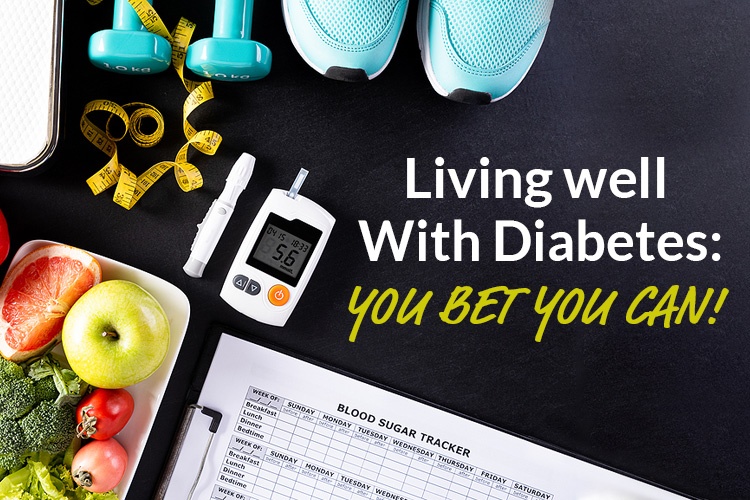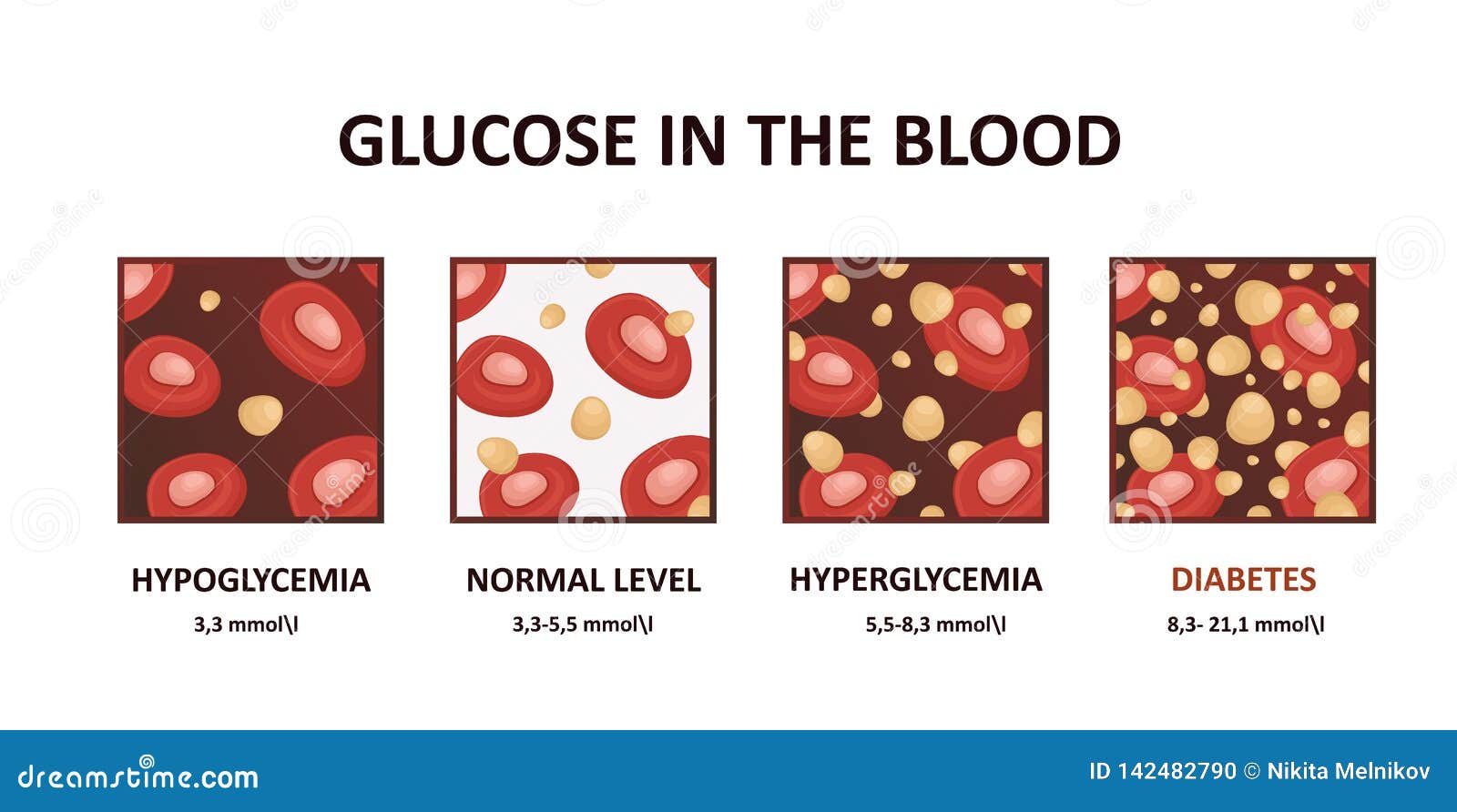Balancing proteins and carbohydrates (which, if you didn’t know, get turned INTO sugars in your body; proteins do NOT get turned into sugars because they’re not made that way); seemed to make sense, and seemed to be something I could do…but here’s the kicker: ANY diet I submit to will be for the remainder of my life. I WILL NOT say I get this whole thing of living with my diabetes yet. I need to substitute FRUITS and vegetables for sauces and rice. Make better menu choices that EMPHASIZE meat and vegetables rather than rice and nacho cheese. I’m working on it…I’m not preaching at you, I’m trying to figure out how to live longer with my diabetes!
So, what do I do when I get a craving for Dairy Queen or a Whopper or a candy bar?
OK…I go get a DQ – HOWEVER, I’d usually rather have a Culver’s Flavor Of The Month. But what I’m finally beginning to learn is the secret of substitution…
I’m going to compare two of my big weaknesses: Frozen DQ/Wendy’s/Culver’s/Whatever.
First: the one that’s closest to our house and changes often: Culver’s.
Let’s look at an “impartial” source:
There is. But the stuff that insulin has to work on outweighs the protein 258 to 16 (or more scientifically 16:1). What do I suppose is going to happen? My pancreas will flood my bloodstream with insulin so I can take that VASTLY overwhelming amount of sugar, burn (=metabolize) a TEENSY bit of it as I sit on my chair at home, watching PIRATES OF THE CARIBBEAN: Dead Man’s Chest to keep me sitting upright, chewing, breathing, and otherwise existing, then store the excess (about 16 times the amount it uses from the protein) in FAT CELLS… Of course, to store all that non-protein, the pancreas has to pump out MORE insulin…and, well you see the problem.
How about I get one of my OTHER favorites, a DQ Peanut Buster Parfait? I KNOW that must be OK, cause it has peanuts! Let’s take a look at what DQ posts out there:
Again, let’s look at the pertinent data: Fat = 31 g Carbohydrate = 95 g Sugar = 68 g Protein = 17 g. Summed up as I did for that gloriously tasty Carmel Cashew two scoop sundae: 194 g (the stuff insulin has to work on), protein 17 g or 194 to 17, or (again) more scientifically, 11:1.
Culver’s 2 scoop, caramel cashew sundae: 16:1
Dairy Queen Peanut Buster Parfait: 11:1
OK – let’s say I’m a really good boy and order ONLY a Culver’s Grilled Chicken and cashew salad with Ranch dressing? Raw data:
Fat = 19 + 24 = 62 grams + 15 g carbohydrates + 4 g sugar = 81 grams of stuff insulin HAS to take care of. Protein = 47 grams.
Scientifically speaking: 81 g to 47 grams = 1.7:1 (rounding UP) gives me a 2:1 ratio.
Culver’s 2 scoop, caramel cashew sundae: 16:1
Dairy Queen Peanut Buster Parfait: 11:1
Cashew Chicken Salad: 2:1
I’m NOT going to ever love the Culver’s Chicken Salad as much as Culver’s 2 scoop caramel cashew sundae BUT, I need to keep stuff like this in mind FOR THE REST OF MY LIFE…
Seeing this MIGHT slow me down. If I want to live longer, it’s going to HAVE TO slow me down to make choices…
Resources: https://www.culvers.com/menu-and-nutrition/nutrition-grid
Image: https://www.hcd.com/wp-content/uploads/2021/01/living-well-with-diabetes.jpg













